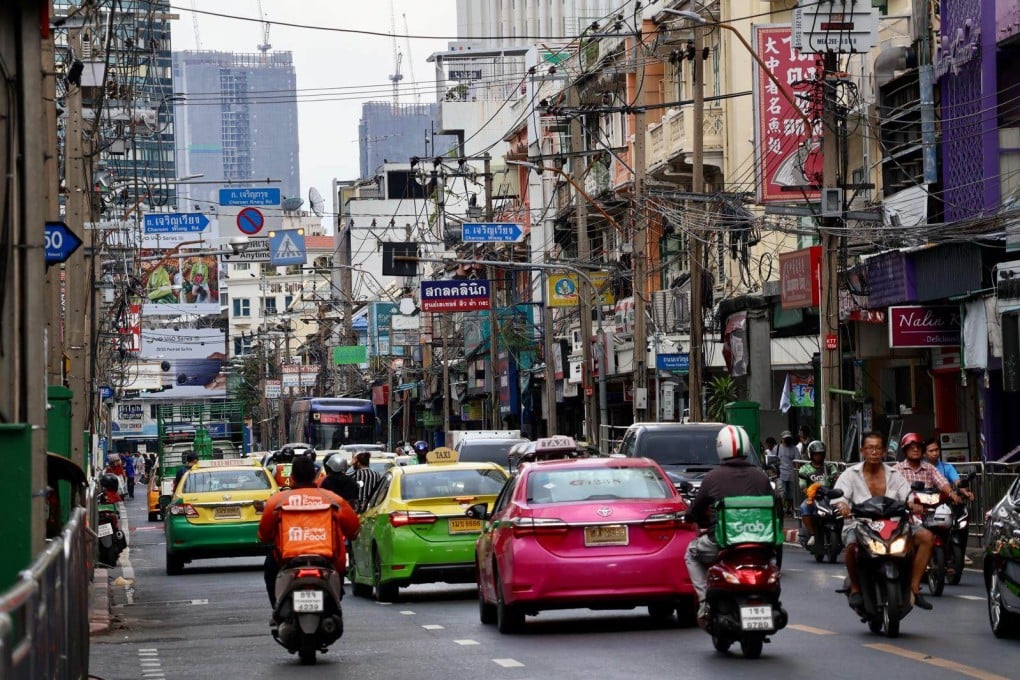Asian Angle | Why Thailand failed to escape the middle-income trap
Despite early success, Thailand’s growth has stagnated – as flashy developments siphon resources away from innovation and productivity

The Asian financial crisis in 1997-98, which originated in Thailand, savaged the country’s economy, destabilised its banks and financial system, and set back its development prospects. It took Thailand nearly a decade to regain its pre-crisis level of GDP per capita. Since then, growth has averaged just over 4 per cent annually – too low for a middle income economy.
Foreign visitors to Thailand’s capital, Bangkok, are often surprised to learn about this stagnation. The city’s gleaming skyscrapers, luxury hotels and condominiums, high-end shopping centres and fine dining options create the illusion of a vibrant, innovative economy well on its way to high-income status within a decade or so.

A real estate glut
During a recent visit to Bangkok, I was struck by the proliferation of new luxury hotels and shopping malls compared to just five years ago.
